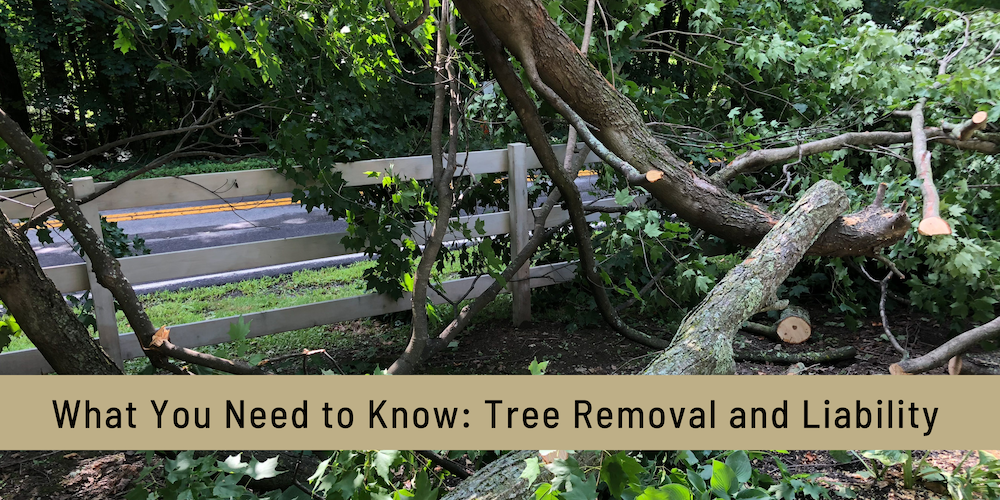
As a short-term rental property owner in East Tennessee, it is important to prevent pest infestations. Pests not only damage your property, but they can also negatively impact your guests’ experience. In this blog post, we will explore how to prevent their infestations in short-term rental properties.
East Tennessee’s warm and humid climate provides an ideal environment for various pests to thrive, including flying insects. Some common insects found in short-term rentals in East Tennessee are:
- Carpenter bees are a common pest found in East Tennessee homes. They look similar to bumblebees but can cause significant damage to wooden structures, including decks, fences, and outdoor furniture.
- Carpenter ants are another common pest found in East Tennessee homes. They can cause significant damage to wooden structures, including walls, floors, and furniture.
- Eastern subterranean termites are a common pest found in East Tennessee homes. They can cause significant damage to wooden structures, including walls, floors, and foundations. These termites live in the soil and feed on wood, so it’s important to maintain proper moisture control to prevent infestations.
It’s important to address any pest infestations in your home promptly to prevent damage and avoid further costly repairs.
Regular cleaning, maintenance, and inspection practices are essential to prevent pest infestations in short-term rentals.
Below are some tips to help keep insects away:
- Seal entry points and install screens on doors and windows. Gaps and cracks in walls and doors allow insects to enter.
- Close doors and windows when not in use to prevent insects from entering.
In addition to regular cleaning, maintenance, and inspection hiring a professional pest control service can help eliminate pests and prevent future infestations.
Benefits of hiring professional pest control services are:
- Experienced technicians who can identify and eliminate pests effectively.
- Customized treatment plans to address your property’s specific pest problems.
- Regular inspections to prevent future pest infestations.
- Pest control companies may set up pest monitoring stations to detect any signs of pest activity before a full infestation occurs.
Pest control companies can help prevent future infestations and keep your property pest-free. It’s important to work with a reputable and experienced pest control company to ensure that they use safe and effective methods to prevent pest activity.
Preventing pest infestations in short-term rentals in East Tennessee is crucial to ensure the comfort and safety of your guests. By following the preventative measures discussed in this blog post and utilizing professional pest control services, you can keep your property pest-free.

 The average price for land/lots saw an decrease to $118.394, a
The average price for land/lots saw an decrease to $118.394, a











